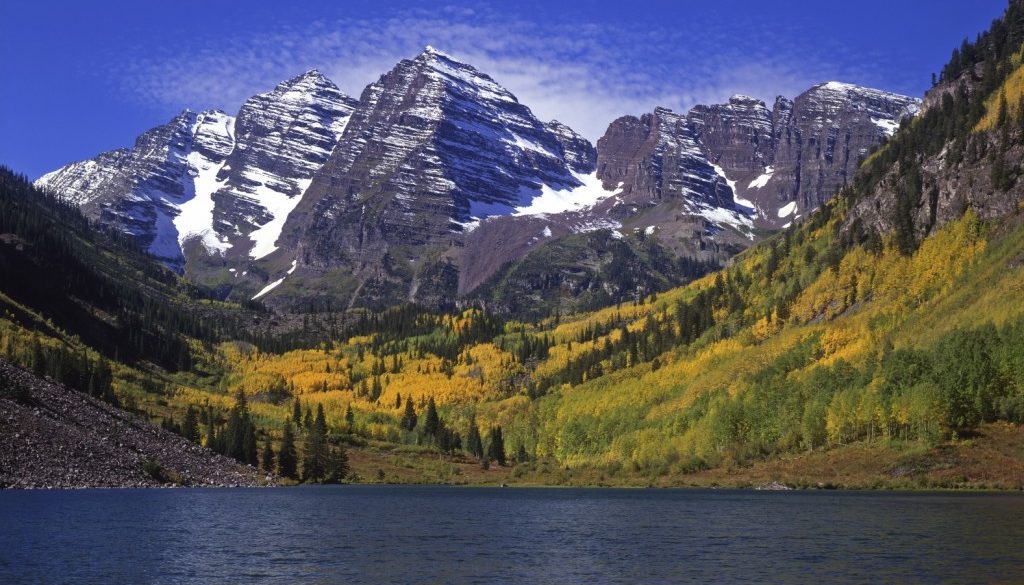EPA Clears the Air in Iconic National Parks in Utah
By Gloria Smith, Sierra Club
On July 5, the U.S. Environmental Protection Agency issued a remarkable final decision that will clear the air in Utah’s “Mighty Five” – Arches, Canyonlands, Zion, Capitol Reef and Bryce National Parks. The EPA’s action is remarkable because the state of Utah, along with its largest power utility provider, Rocky Mountain Power, have fought vigorously for years against installing modern pollution controls on Rocky Mountain Power’s antiquated Hunter and Huntington coal plants. With overwhelming evidence that the coal plants harm visibility in these magnificent places, the Environmental Protection Agency was compelled to step in and overrule Utah’s own “regional haze” plan. The state plan unequivocally failed to ensure that air quality in these glorious parks is protected and improved as required by the Clean Air Act.
Each year, millions of visitors flock to Utah’s national parks to enjoy stunning vistas of incredible rock formations and utterly unique landscapes. But harmful nitrous oxide (NOx) emissions from Rocky Mountain Power’s coal plants have fouled air quality, diminished views, and marred visitors’ experiences.
Under the Clean Air Act’s regional haze rule, states must work with the owners of major sources of pollution like Rocky Mountain Power to formulate a plan that sharply curbs haze-causing pollution by requiring new pollution controls that meet the best available retrofit technology (BART) standard.[1] If a state plan falls short of Clean Air Act requirements to improve visibility, the EPA must step in and reject the state plan (SIP) and issue a federal plan (FIP) that ensures the state is on a path to achieving natural air-quality conditions in its national parks and wilderness areas by 2064. Although that may seem far in the future, there is a steady annual decline in haze pollution across the western United States – evidence that these policies are effective.
The EPA had no choice but to step in and propose their own plan due to Utah’s proposal that Rocky Mountain Power refrain from reducing emissions from the two coal plants, which lack modern NOx pollution controls. Instead, Utah proposed to credit unrelated emission reductions that have already occurred at other plants; actions that did not measurably improve visibility conditions in Utah’s Mighty Five.
The EPA’s plan requires Rocky Mountain Power to install selective catalytic reduction (SCR), state of the art NOx controls that are utilized at hundreds of other facilities in the United States. Rocky Mountain Power must install the SCRs at four units at the Hunter and Huntington coal plants by 2021. This decision will improve visibility at the Mighty Five and have attendant public health benefits for visitors.
The Environmental Protection Agency received overwhelming support – more than 55,000 public comments–to protect Utah’s treasured parks. The Sierra Club, the National Parks Conservation Association, and HEAL Utah helped mobilize small business owners in gateway communities, tourists and recreationists, local politicians, public health advocates, ordinary citizens and celebrities including actor Leonard DiCaprio and climber Alex Honnold, and even outdoor brands Patagonia and Black Diamond. These groups sent a clear message to the EPA that it was time to protect and improve the stunning vistas in these parks. Environmental lawyers working with air quality experts provided the EPA with thousands of pages of technical reports and legal analysis to demonstrate that adding SCR controls on Hunter and Huntington to reduce NOx would provide huge visibility benefits at a reasonable cost well below many other recent BART rules in the West.
The Sierra Club applauds the EPA for overruling Utah’s outrageous attempt to sidestep this important wildlands protection set out by Congress. Rocky Mountain Power and the state of Utah will have 60 days to appeal the EPA’s decision to the United States Court of Appeals for the 10th Circuit.
[1] The regional haze program dates back to 1977 and aims to eliminate emissions of nitrogen oxides (NOx), sulfur dioxide (SO2) and particulates that cause haze forming pollution. The BART aspect of the rule requires states to identify all large polluting facilities that were built between the years 1962-1977 that cause or contribute to regional haze in national parks and wildernesses (federal class 1 areas).

